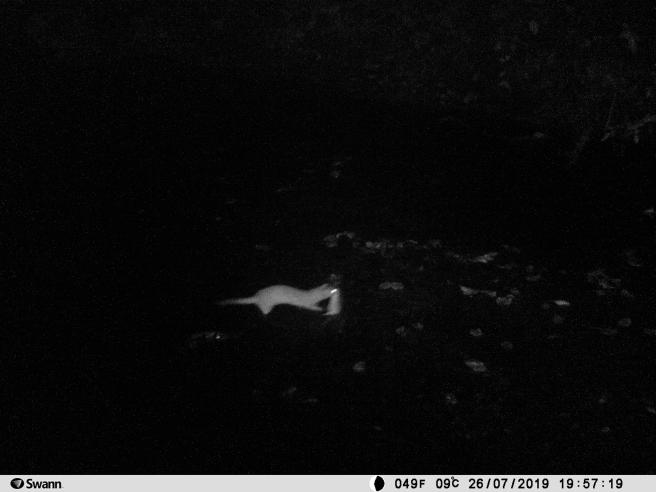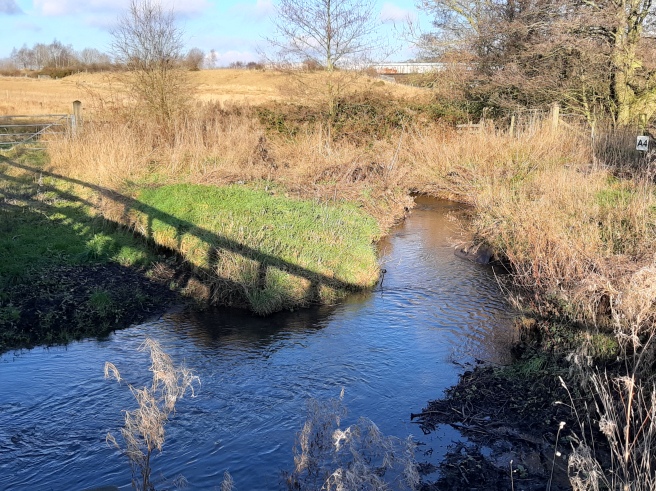In this blog we hear from Hidden Heritage Secret Streams volunteer, Suzie Saunders, who has helped the trust design and set up a camera trapping project in Chesterfield. Read on to find out how you can take part in capturing the washlands…
Riparian mammals have faced some of the steepest declines of mammal species in the UK. Throughout history some have faced persecution, whilst others have fallen victim to non-native, invasive predators. All rely heavily on the water bodies they reside in to make a living. The increasing pollution of rivers has not helped with their plight. However, all is not lost. There a lot of work going into the restoration of rivers and their catchments.
There is one pair of river mammals in particular whose story has come to the forefront, that causes a great deal of worry to conservationists. That is the tale of the American mink (Neovison vison), and the water vole (Arvicola amphibius).

The American mink arrived in the UK in 1929 for use in commercial fur farms. Whether through accidental or purposeful releases the mink integrated into the UK countryside. It should be noted that this process is not unique to the UK and has happened in may other countries the American mink was exported to. By 1956 they were said to have been breeding in the wild, and by 1967 reports suggested that the mink was fully established in over 50% of U.K. counties. Its speed of establishment, was most likely due to the minks generalised diet. Feeding on fish, amphibians, and mammals, with such indiscriminate diets and ferocious appetites, they have dented many populations of sea birds and mammals alike, including water voles.
The water vole has been in decline since the beginning of the 20th century. With the rapid expansion of industry and agriculture water vole habitats were degraded, separated and shrunk, leading to the fragmentation of populations, and the beginning of their decline. This was exacerbated by the American minks predation. Now in present day we are met with a sad looking state of affairs for the voles. The time to act is now if we are to preserve our native river mammals, and protect their strongholds.
One such stronghold is the Avenue Washlands, a Derbyshire Wildlife Trust Reserve. The reserve was the site of a coking works deemed to be one of the most polluted sites in Europe. Through amazing effort, the site is now home to a vast array of birds, great crested newts, and water voles. How well these water voles are doing is unknown, as there is believed to be a great deal of mink in the area.

The Don Catchment Rivers Trust has been setting up a camera trapping project in the Avenue Washlands. Multiple cameras have been set up across the reserve with the hope of capturing the lives of the mammals that live there. It will hopefully help us understand what’s happening within the area and what management approaches would help in the establishment of water voles, and maybe even otters in the park and along the Rother. The project is hosted by Mammal Web (click here), and we would love for as many people as possible to sign up and help identify all of the animals we photograph.







You must be logged in to post a comment.